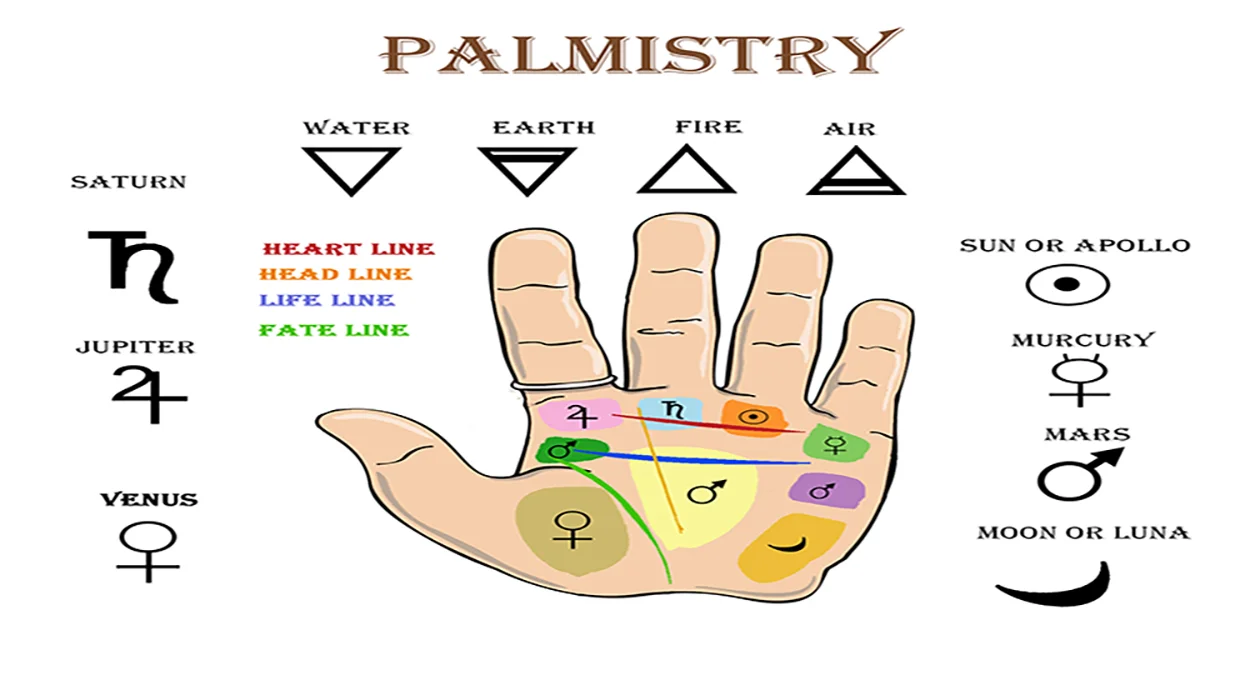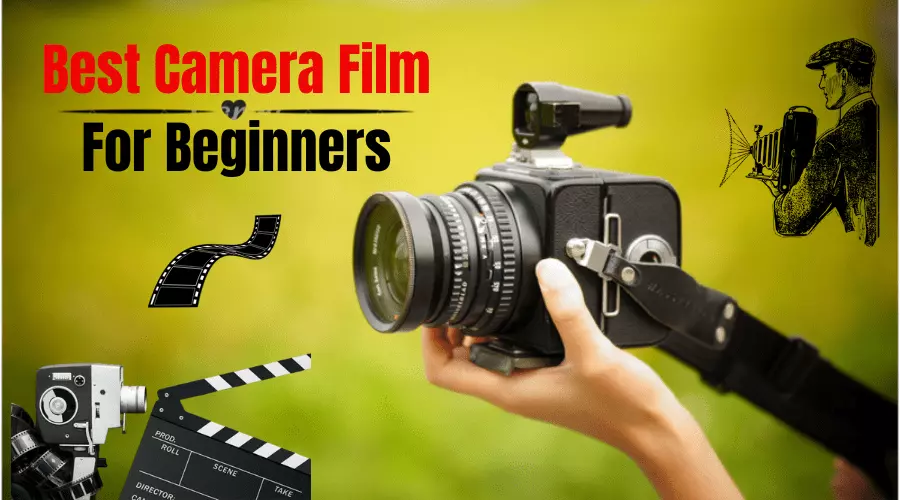
5 Best Camera Films in 2024 & How to Use 35 mm Film Camera
The history of Photography has an interesting and struggling story. In the middle of the 18th century, people were trying to capture images by using plates and light-sensitive chemicals. George Eastman invented the camera film photography in 1985. Then show the world how to use a film camera. He was the founder of the Kodak company and named the camera film photography process “Kodak”. He offered to sell from the “Kodak” company in 1888.
Nowadays, we know that there are a lot of digital cameras available which are stronger than camera film. But still, there are some uses for camera films. Such as X-ray films help doctors see inside our bodies without surgery. So in this blog post, you will get comprehensive knowledge about how to use a 35 mm film camera and 5 Best camera film 35 mm in 2024.
What is Camera Film?
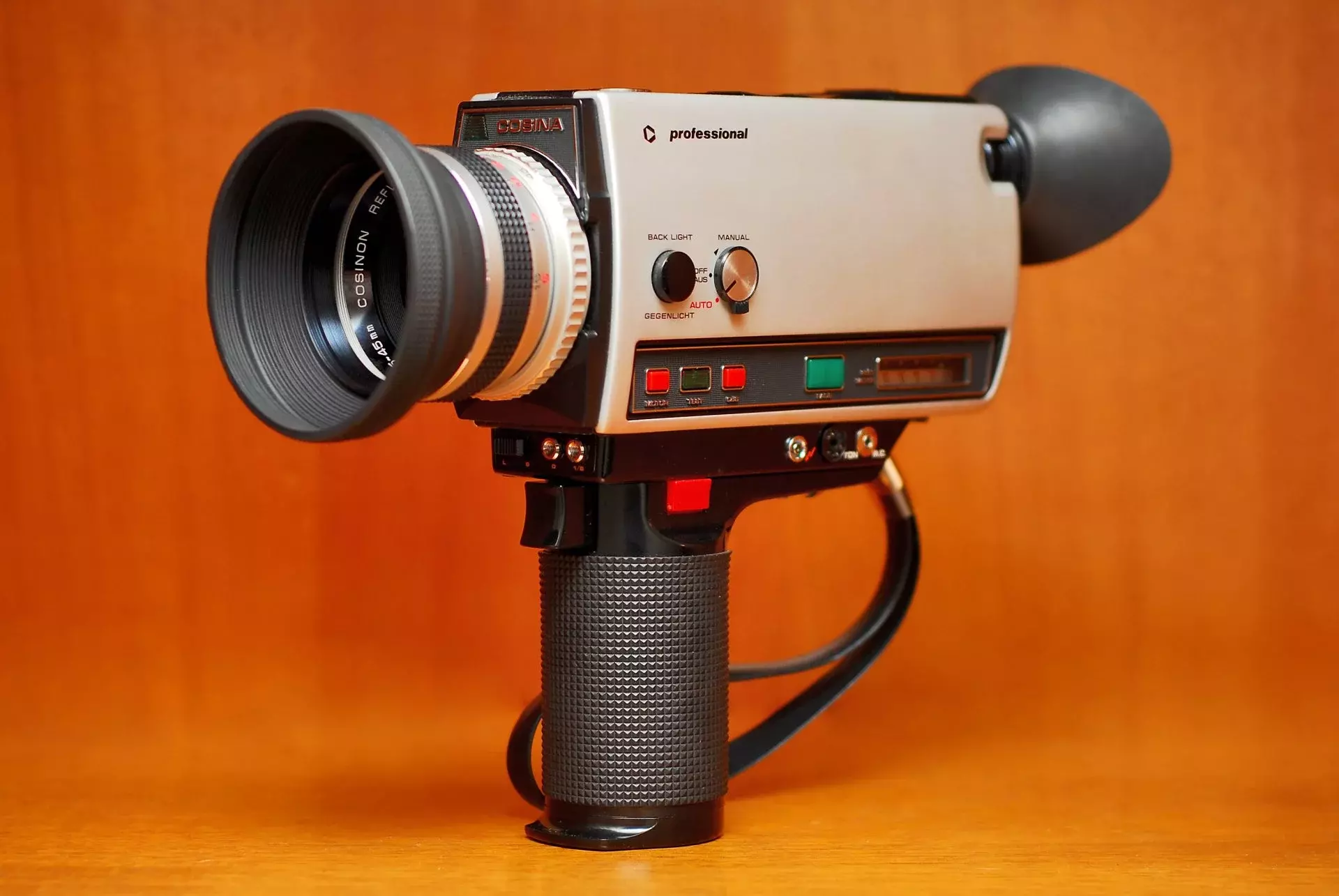
Camera film is a thin strip of plastic coated with light-sensitive chemicals that record images when exposed to light. Camera film comes in different sizes, formats, speeds, and colors. The most common length is a 35mm film camera which measures 35 millimetres wide and can fit into most film cameras.
The camera film format refers to the shape and size of the recorded image. The most common forms are 135 (also known as 35mm), 120 (also known as a medium format film camera, and instant (also known as Polaroid). The structure affects the quality and resolution of your photos.
The speed of camera film refers to how sensitive it is to light. ASA or ISO numbers measure the rate. The higher the number, the faster and more sensitive the film is. For example, ISO 100 film requires more light than ISO 400 film to produce a well-exposed photo. The speed affects the graininess and contrast of your images.
The color of camera film refers to whether it produces color or black-and-white images. Color film can be either negative or positive (a slide).
The negative color film has inverted colors that must be processed and printed on paper or scanned into digital files. The cheerful color film produces favorable colors that can be viewed directly on a projector or a lightbox.
5 Best Camera Films in 2024
Purchasing color film requires careful consideration of many factors. Brand names and quality standards (ISO) need to be clarified. But we have included a variety of color film stocks to ensure that you may choose the one that works best for you.
In addition, keep in mind that there is no such thing as “the wrong movie.” You may be someone other than the target audience for this. But, the thrill of film photography lies in the opportunity to experiment. So, it would be best if you endeavored to have an open mindset.
1. Kodak Gold | Kodak Film Camera
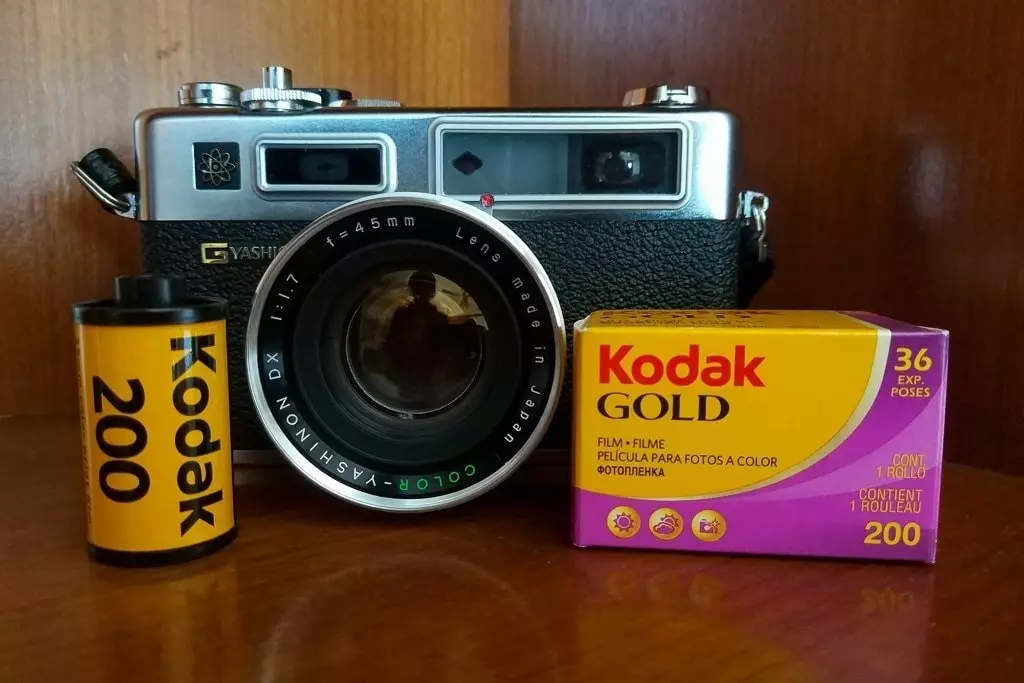
Kodak Gold is currently my go-to color film. In addition to being one of Kodak's cheaper stocks, it consistently delivers excellent outcomes. From one roll to the next, there are no variations. And you can find it in most camera shops and on the internet.
The name Kodak Gold is appropriate. Every hue is accurately depicted and, as a result, is luxurious and colorful. But it works very well with golden and yellow hues. They reflect light beautifully, making the pictures sparkle and shimmer. This camera film is versatile and can be used for any photography.
Landscape photographers benefit from accurate color reproduction. It works wonderfully for photographing people in vibrant settings like outdoor marketplaces. Moreover, the portraits are striking because of the vibrant colors.
The price of Kodak Gold has increased. But, the higher price tag is justified if you want stunning photographs captured on film.
2. Fujifilm 200, Digital Film Camera
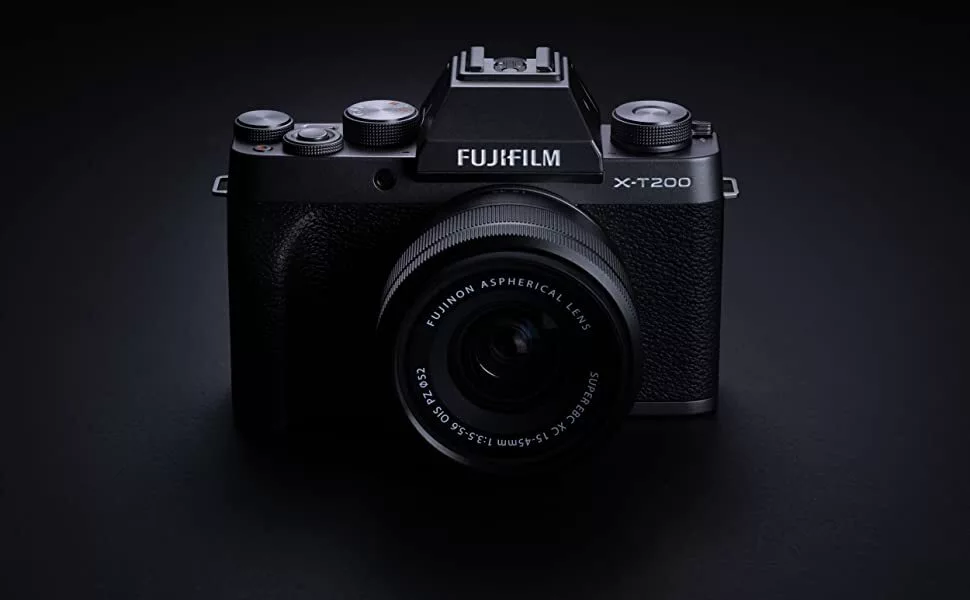
Nowadays, Fujifilm 200 is the most cost-effective polaroid color and reusable camera film. But the low price is one of many reasons why film photography remains popular. The picture quality is excellent. And the colors it produces are sumptuous and deep. It goes exceptionally well with cool tones like blues and greens.
The last name for this was Fujicolor C200. And that's where my knowledge lies. Fujifilm insists that the film remains unchanged despite the new branding and packaging.
In contrast, if the reports are accurate, Fujifilm Camera film 200 is just Kodak Gold repackaged by Fujifilm. We are unable to verify this. Yet, contrasting outcomes would be intriguing to see.
The Fujifilm Camera is an exceptional example of cinematic color work. It's a beautiful choice for experts thanks to its high quality and vivid hues. Yet, its low cost makes it a suitable choice for newcomers. When stocking up on color film, Fujifilm 200 is another solid choice.
3. Kodak Portra 400 35 mm
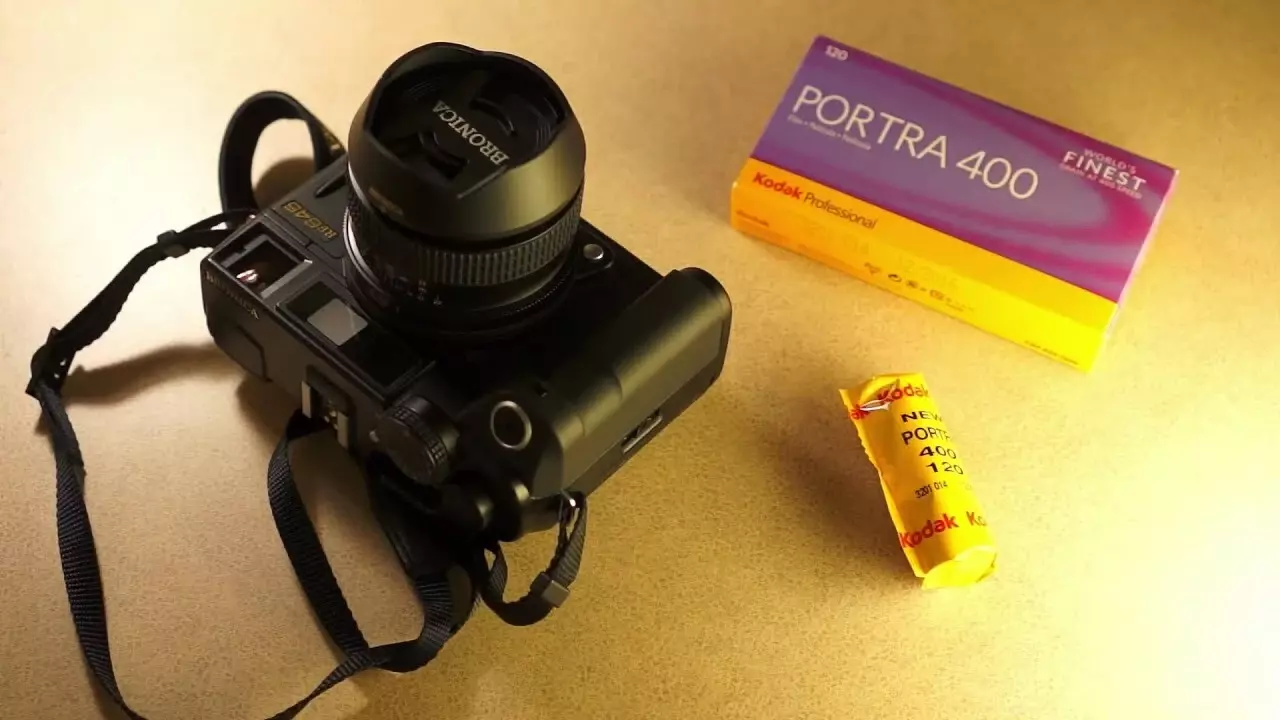
Hipster filmmakers often use Kodak Portra 400. Instagram's photographers are abundant in this professional film material for their analog shots, with rolls quickly depleting. Don't be turned off by the hipsters, though. A great movie, for sure. As a result of its stunning results, it has earned widespread acclaim.
Portrait photographers widely use this film because it captures natural skin tones. Thus, if you want to make money drawing portraits, you should try it.
The colors appear glowing, especially the blues, greens, and reds. Also, the pictures have a shiny quality to them. The results were similar to those obtained with Kodak Gold. Yet, this film creates more nuanced tones in the shadowed parts of the image. It also needs less intense sunlight than other methods.
Photographers consider Porta 400 to be the gold standard of film. Although one would have difficulty disputing the findings, they must be more in line with the high asking price. It works well for film photography of any kind. The 400 ISO allows you flexibility without sacrificing quality.
4. Kodak Ultramax 400 35 mm
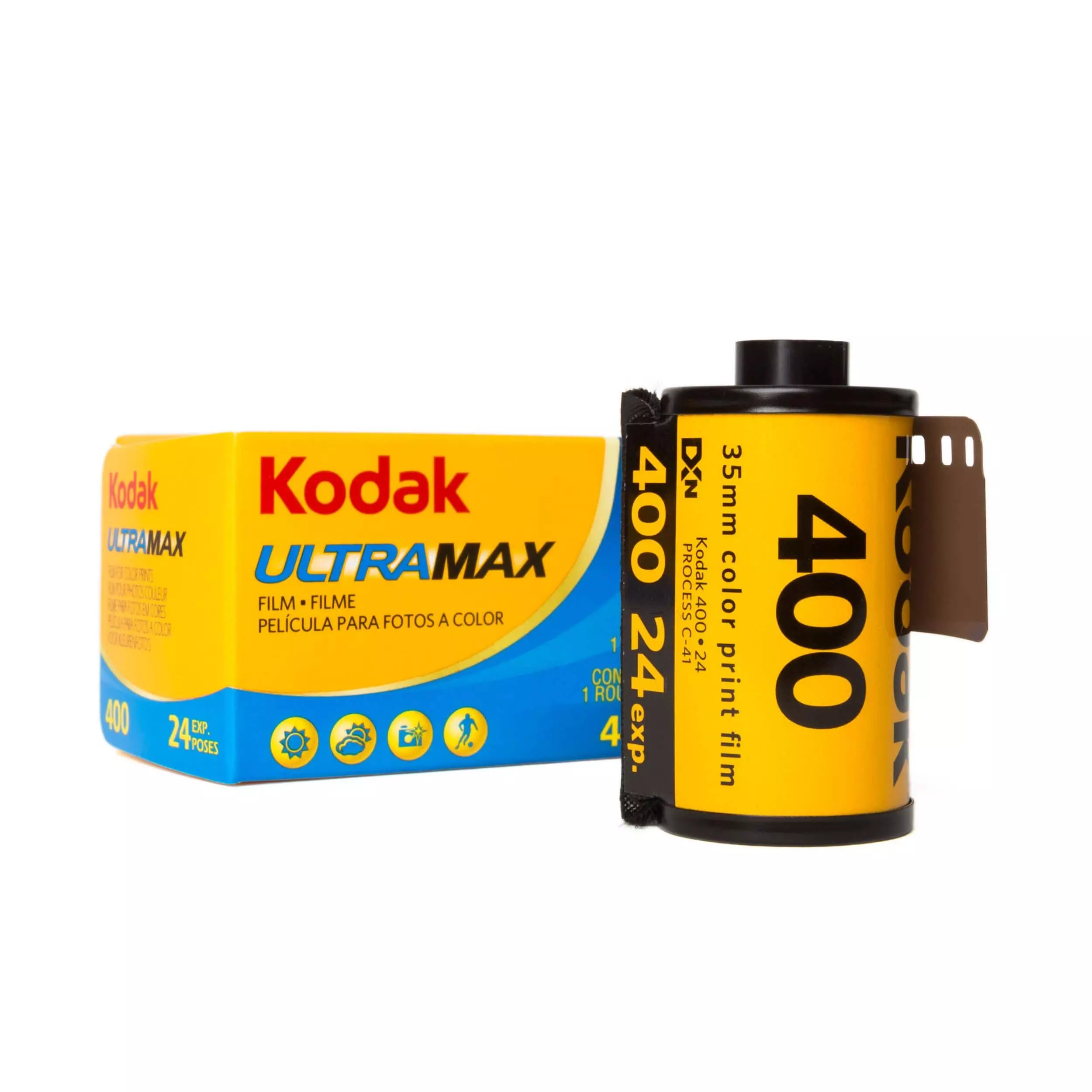
The Kodak Ultramax 400 is one of my favorite film types. Ultramax was the color film I used when I first started traveling with a camera. I was looking for a solution that could adapt to different situations and be forgiving of mistakes. Also, I desired to have some gallery-worthy travel photographs.
It fulfilled every expectation. This film, my Olympus Mju II camera, and I made quite the traveling duo. Also, the photographs I took with the 400 are among my favorites. Even now, I frequently make use of this color film.
Ultramax, like Portra 400, has an ISO of 400. It works well in dim conditions. The grain will not detract from the quality, even with the image being underexposed. For this reason, it is an excellent choice for documentary photography during excursions.
In comparison to the Portra stock, it is easier to acquire. That's why the price is lower. Also, it's more widely available in specialty photography shops. If you're starting with film photography, I highly recommend Ultramax 400 as a beautiful beginner color film.
5. Kodak Ektar 100 | Kodak Camera with Film
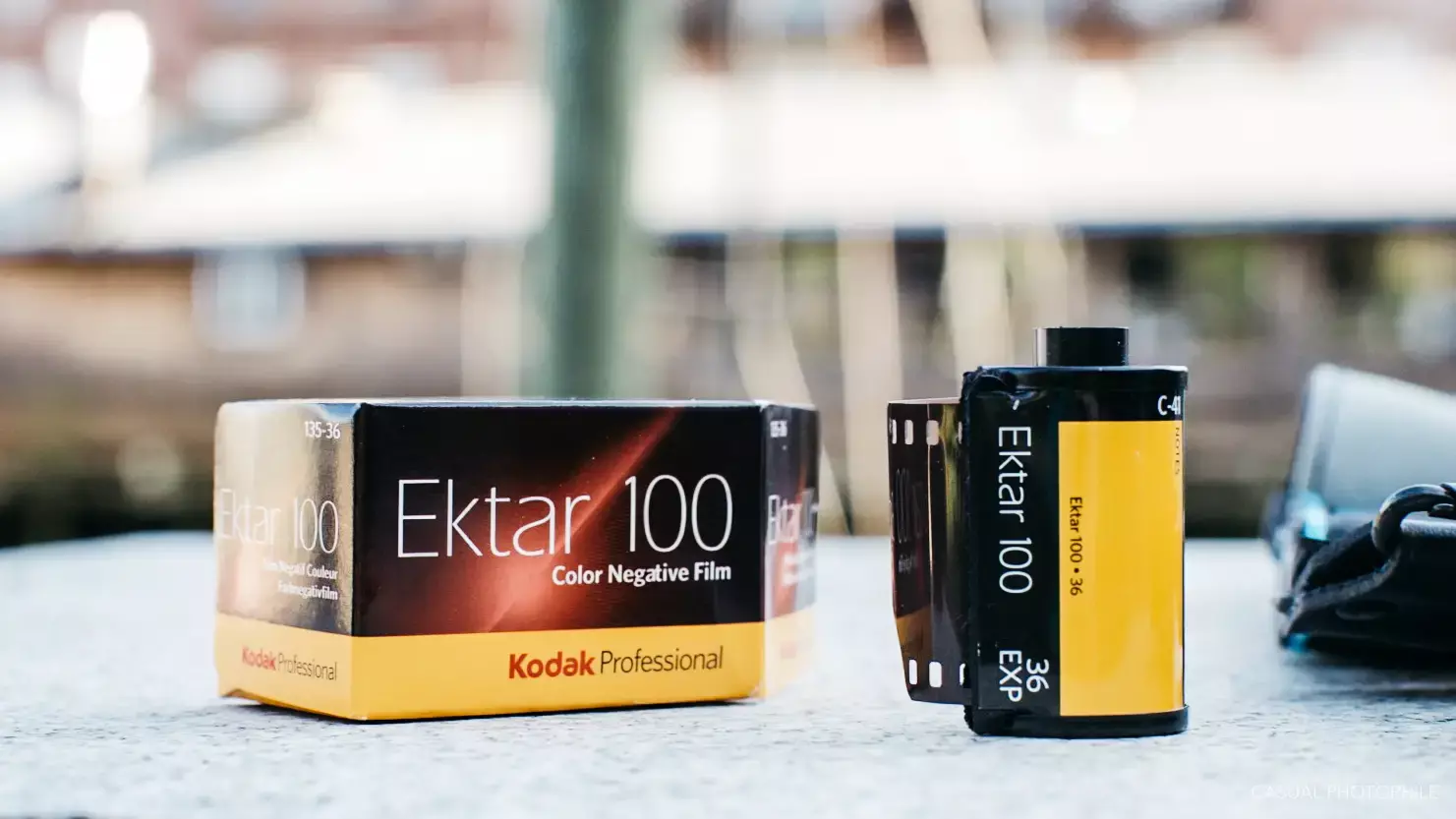
Ektar 100 is Kodak's only 100 ISO film stock. With such a low ISO, the image quality is superb. Exceptional precision is present. It has a silky-smooth texture with no discernible grain.
The colors appear authentic. In particular, it complements earthy colors like green and brown. As a result, it is easy to understand why landscape photography utilizes this technique so extensively.
Because of its low ISO, Kodak Ektar 100 limits your ability to adjust exposure. However, many landscape photographers still use tripods. Product and good art photography benefit from the film's high image quality.
How Does Camera Film Work?
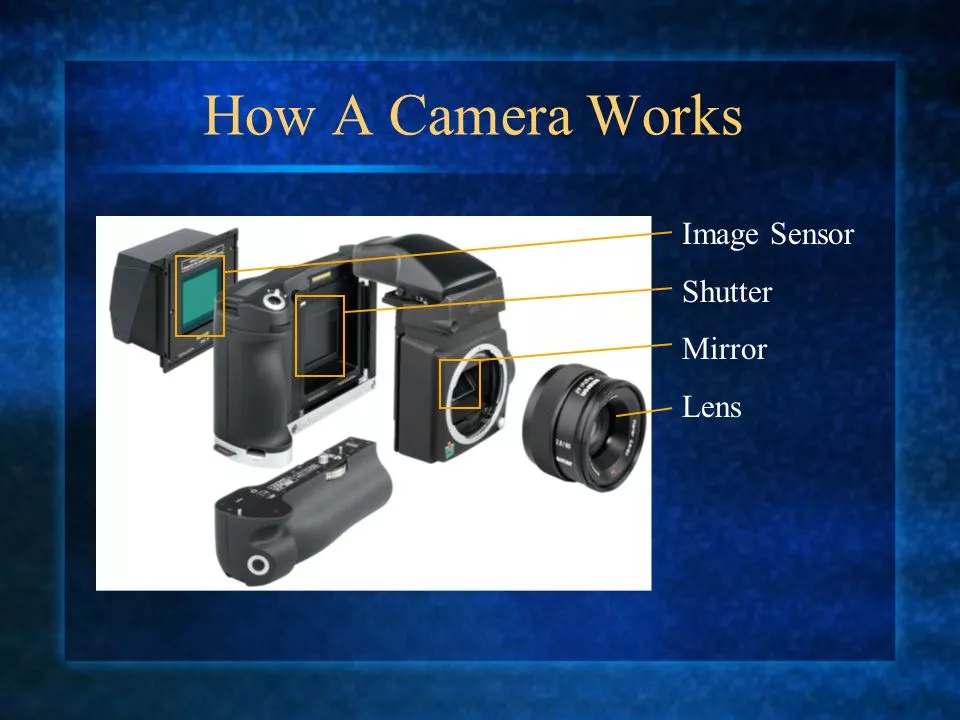
Camera film works by capturing light through a lens onto its surface. When you press the shutter button on your camera, a mechanism opens and closes a hole (called an aperture) that controls how much light enters your camera. The light then passes through another agency (a shutter) that determines how long the light stays inside your camera.
The level of light that reaches your camera depends on aperture size, shutter speed, and ISO speed. Aperture size determines how wide or narrow the hole is; shutter speed determines how fast or slow the gap opens and closes; ISO speed determines how sensitive your camera's sensor/film is.
These three factors form an exposure triangle which affects how bright or dark your photo will be. You can adjust these factors manually or let your camera do it automatically, depending on your preference and situation.
Once the light hits your camera's sensor/film, it creates an invisible latent image. It is necessary to develop this image using chemicals (developer, stop bath, fixer, etc.) that make it visible and permanent. This process can be done by yourself at home using a darkroom kit, by sending your roll of films to a lab, or by using an instant camera that does it automatically.
How to Use a 35mm Film Camera
35mm camera film is widely used for the delightful process and perfect size for almost all types of photography. Here is a step-by-step guide to help you how to use a 35mm film camera.
- Step 1: Load the Film- Open the back side of the camera by following the instructions of the manufacturer. Then insert the film canister into the designated compartment. After that, you should pull the film leader across the film gate and secure it onto the take-up reel.
- Step 2: Set the ISO/ASA- To get the proper exposure, you have to adjust the ISO or ASA setting. It can vary on your camera, lighting, and film speed.
- Step 3: Set Exposure- Adjust the aperture (f-stop) and the shutter speed based on your lighting condition. If you have a light meter or cameras, a built-in meter for accurate exposure.
- Step 4: Focus on the Lens- After setting the ISO/ASA and exposure, Now time to adjust the lens focus to achieve sharp and clear images.
- Step 5: Look at The Viewfinder- The Viewfinder helps to perfect framing your shots. You have to look at the viewfinder and ensure the subject is well-placed.
- Step 6: Take the Shot- If you can see that everything is okay, then you can Gently press the shutter button to capture the image.
- Step 7: Advance and Rewind- After each shot, use the film advance lever to move to the next frame. And monitor the frame counter. When the film roll is complete, rewind the film into the canister. Open the camera back and remove the canister.
What Factors Should You Consider When Buying Camera Film?
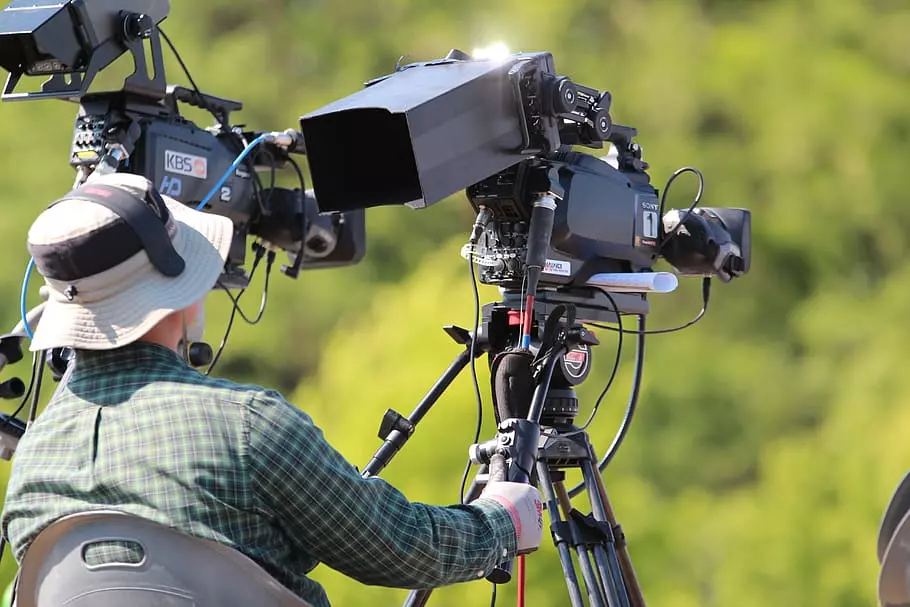
When buying the Best camera film 35 mm or any other, there are several factors that you should consider depending on your personal preference, budget, skill level, and shooting conditions. Here are some of them:
Format
Different formats have different advantages and disadvantages. We recommend starting with the 35 mm design for beginners because it is widely available, affordable, easy to use, compatible with most cameras, and versatile for different subjects/styles/scenes.
Speed
Different speeds have different effects on your photos. For beginners, we recommend choosing a medium-speed range such as ISO 200-400 because it gives you more flexibility for various lighting situations without compromising too much on quality.
Color
Color films can be either negative or positive. For beginners, we recommend choosing negative color films because they are more forgiving for exposure errors, cheaper than positive films, more accessible to process/print/scan than positive films, and more realistic than positive films.
Brand
Many brands of films are available in the market, such as Kodak, Fuji, Ilford, Lomography, etc. Each brand has characteristics such as color rendition, contrast, sharpness, grain, etc. For beginners, we recommend deciding on reputable brands such as Kodak or Fuji because they offer consistent quality and performance accuracy.
5 Best Camera Film 35mm
- Kodak Portra 400: Adaptable film is known for vibrant colors and fine details.
- Ilford HP5 Plus: Outstanding black-and-white film with wide exposure latitude.
- Fujifilm Fujicolor C200: Budget-friendly color film with vibrant tones.
- Kodak Tri-X 400: Classic high-contrast black-and-white film, widely available in 35mm rolls.
- AgfaPhoto Vista Plus 200: Affordable color film with natural tones that meet various photography needs.
Final Thoughts
There has never been a more exciting era to use film cameras. For almost 25 years, analog photography has seen less excitement and innovation. Some of the more well-known movie studios have reduced output. In contrast, the market for color film is ripe with options thanks to manufacturers like CineStill and Lomography.
The most excellent film for cameras right now is Kodak Gold. As a result, photographs are unique in their brilliance and clarity. The hues are bold and lively. Also, the film grain is completely invisible because of the 200 ISO. To top it all off, it's easily accessible and won't drain your bank account.
Don't Miss Out
- History of Photography : Camera, Photo & Video
- Best Tech Gadgets and Inventions That Are Next-Level
- Ozempic for Weight Loss Without Diabetes
FAQ | Best Film Cameras
What are the main types of camera film?
Camera film is an essential element of traditional photography. The main types of camera film available today are color negative, color reversal, Olympus film camera, and black & white. Each class has unique properties and benefits that make it suitable for different kinds of photographs.
What are the main factors to consider when choosing a camera film?
When deciding between different types of camera films, there are a few key factors to consider. First and foremost is the size of the film. Second, you should view the film's sensitivity rating (or ISO). Finally, one should also consider the brand and type of film for camera film.




